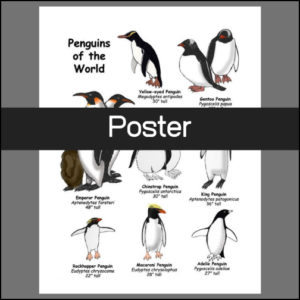Category: Classroom Helps
- Home
- /
- Shop
- /
- By Subject
- /
- Science
- /
- Classroom Helps
- /
- Page 3
Showing 41–60 of 72 resultsSorted by latest
-
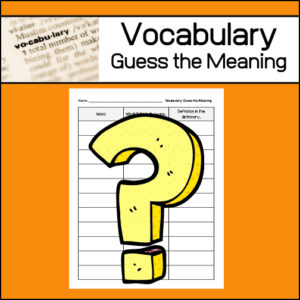 $1.00Buy Now
$1.00Buy NowOne strategy to help students learn unfamiliar vocabulary is called: Guess the meaning. This ready-to-use worksheet has been designed to be used again and again, throughout the school year as students encounter new vocabulary words. Students will write each ‘new‘ word, what they ‘think’ it means and then after looking up the word in a dictionary, they will write an actual definition.
-
 $1.00Buy Now
$1.00Buy NowThe resource is a 15 question quiz that will assess student understanding of the following structures / organelles of a plant cell: cell wall, mitochondria, chloroplast, cell membrane, vacuole, Golgi apparatus, lysosomes, rough endoplasmic reticulum w/ ribosomes, smooth endoplasmic reticulum, nucleus, nucleolus, peroxisome, cytoskeleton
-
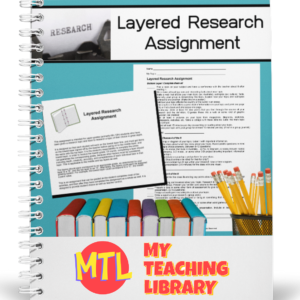 $3.00Buy Now
$3.00Buy NowThis layered research assignment gives students the opportunity to delve deeply into a topic and give students a variety of tasks from which to choose, all designed to guide and build a meaningful learning experience. Also, when using this layered approach, students will move through Bloom’s Taxonomy of knowledge, comprehension, application, analysis, synthesis and evaluation. (See below description for more details.)
Closely related resources:
-
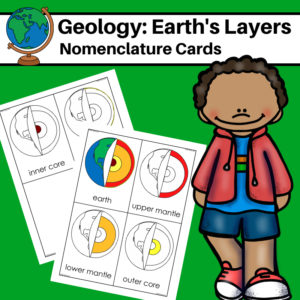 $1.50Buy Now
$1.50Buy NowThis resource, Earth’s Layers – Nomenclature Cards, will help your students learn the names of the layers of the Earth: upper mantle, lower mantle, outer core, inner core, and crust.
I’ve also included a set of blank cards for students to use and label themselves!
-
 $2.00Buy Now
$2.00Buy NowThis is a downloadable copy of the book. (279 pages)
About the book: This out-of-print book will give students details ‘in simple language’ (and illustrations) dealing with steam, electricity, light, heat, sound, hydraulics, optics and other apparatus. (See more in description below) -
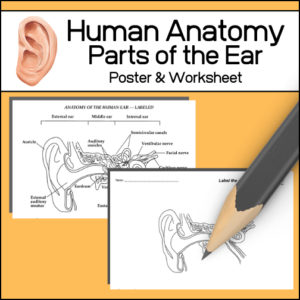 $1.50Buy Now
$1.50Buy NowStudying the human ear? This resource includes…
- – Poster with the following parts labeled (auricle, auditory ossicles, semicircular canals, vestibule nerve, facial nerve, cochlear nerve cochlea, vestibule, eardrum, Eustachian tube, external auditory meatus)
- – Student worksheet to label
-
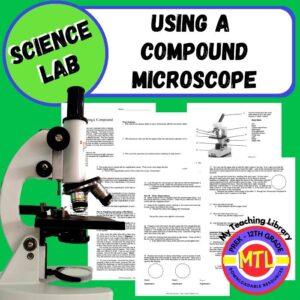 $3.00Buy Now
$3.00Buy NowThis is a complete, step by step science lab during which students will learn about, use a compound microscope and record their observations as well as important facts they’ve learned.
Key highlights covered:
- – Parts of a compound light microscope and their functions
- – How to calculate magnification
- – How to make a wet mount slide
- – Detailed information on how to use the microscope
-
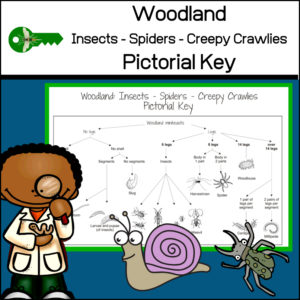 $1.25Buy Now
$1.25Buy NowStudents love entomology! What is that bug? Some may use the term MINI-BEAST. Is it an insect, a spider, a slug? “I found this bug in the woods, but what is it called?” To help answer student questions like these, here is an easy to use PICTORIAL IDENTIFICATION KEY!
Woodland minibeasts included on this picture guide: snail, worm, larvae (pupae), slug, beetle, earwig, aphid, weevil, harvestman, spider, woodlouse, centipede and millipede (all common creepy crawlies found in the woods)
-
 $0.50Buy Now
$0.50Buy NowHere is a worksheet for students to use when the are learning about volcanoes! KWL worksheets are to be used at the beginning and end of any study.
K – What I know (Students list everything they already know – prior knowledge)
W – What I want to learn (Students begin thinking about what they don’t know and what they want to investigate about the given topic…i.e. volcanoes!)
L – What I’ve learned (After the study is complete, students will complete this section giving details about what ‘new’ things they have learned)
There is also a section for students to reveal what the most ‘interesting’ fact was that they learned. Your students will love the reflection and enjoy sharing their answers.
-
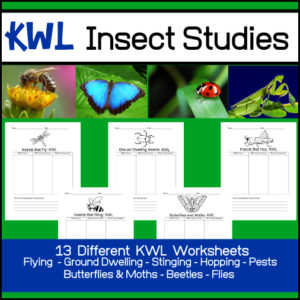 $3.00Buy Now
$3.00Buy NowWant student to investigate a variety of different types of insects? This K-W-L resource includes 13 different KWL worksheets so that students (individually or in cooperative groups) can use as they study different bugs and creepy crawlies. Perhaps they want (or you want) the focus to be on insects that hop or ground dwelling insects. What if their study should focus on beetles only or butterflies and moths? Not only will you get worksheets for a variety of specified ‘types’ of insects but I’ve also included some that can be tailor designed to what you or your students choose to study!
-
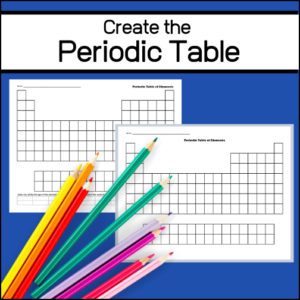 $1.00Buy Now
$1.00Buy NowHere are two worksheets for students to use to create the periodic table of elements.
– One for elements only
– One to create a color key showing the type of elementsThese are great for students to use when they are just learning the elements and can be used as a student-created study guide as well.
-
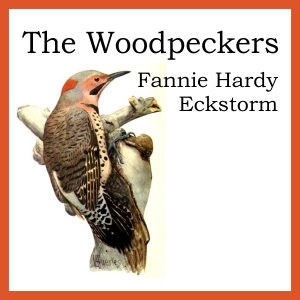 $2.50Buy Now
$2.50Buy NowThis is a downloadable copy of the book. (71 pages)
About the book: The Woodpeckers is a wonderful introduction to the world of bird study for the young naturalist, covering such topics as how he finds food, courting, how he builds his nest, the interesting ways he uses his different body parts as tools, among other topics discussed in the book. -
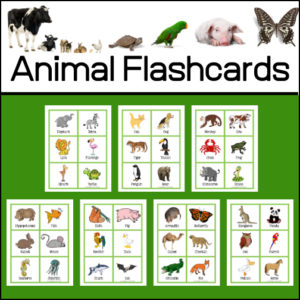 $2.50Buy Now
$2.50Buy Now42 colorful animal flashcards
Suggested uses:
- – to learn animal names
- – to learn classification (ex: sort by habitat, number of legs, mode of transport such as flying, running or swimming, etc)
-
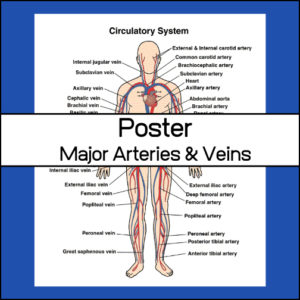 $1.50Buy Now
$1.50Buy NowThis classroom poster displays the major arteries (20) and veins (15) of the human circulatory system.
-
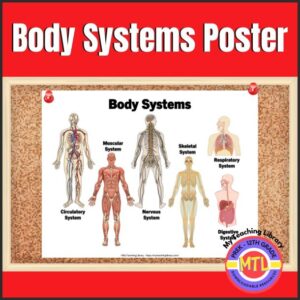 $1.50Buy Now
$1.50Buy NowStudying anatomy? Body systems? Here is “Body Systems” poster that that illustrates these systems: circulatory, muscular, digestive, nervous, skeletal and respiratory.
-
 $3.00Buy Now
$3.00Buy NowHelp students master their knowledge of the parts of a volcano with these posters, handouts and worksheets! This resource provides 2 levels of learning plus worksheets come with and without terms. (Landforms, Earth Science, Geology)
-
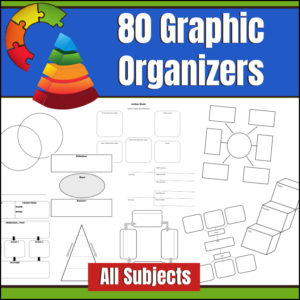 $8.50Buy Now
$8.50Buy NowA graphic organizer, also known as knowledge map, concept map, story map, cognitive organizer, advance organizer, or concept diagram, is a communication tool that uses visual symbols to express knowledge, concepts, thoughts, or ideas, and the relationships between them. This resource gives you 80 different graphic organizers and can be used across the curriculum!
Here is a comment from a customer…
Karen E. said: “OK, at first I thought “Really? I’m going to pay for graphic organizers that I can probably find for free with some searching, etc?” Well, now I am so glad that I did. So good to have organizers available quickly BUT also several of them have variations which is helpful for “seeing” how to use them in my content area. Good value.“ -
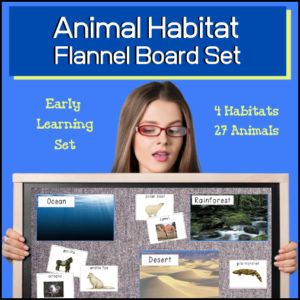 $2.50Buy Now
$2.50Buy NowHelp students learn to identify and classify animals by their habitat in which they live. This will be a fun Science activity for students as they sort animal cards among 4 habitats: Tundra, Desert, Ocean and Rain Forest. Great for a Science Center as well as using for a cooperative group activity!
Includes: 27 animal cards / 4 habitat scene cards
-
 $3.00Buy Now
$3.00Buy NowThis Solar System product will help students learn and reinforce their knowledge of the order of the planets and to be able to visual size differences of the planets! Each color poster has a duplicate b/w poster that can be used as a student handout. There are also worksheets for students to complete (with and without word banks). This resource provides 2 sets of all resources – One which includes the dwarf planet of Pluto and one that does not.


